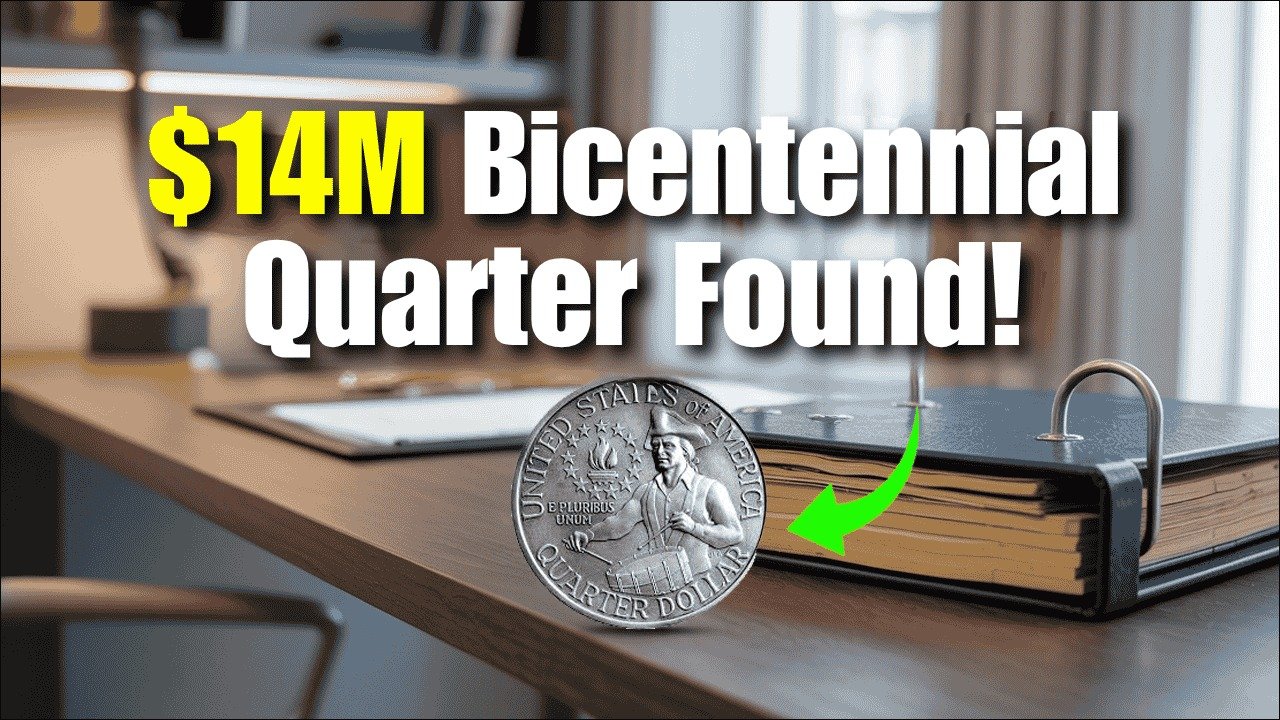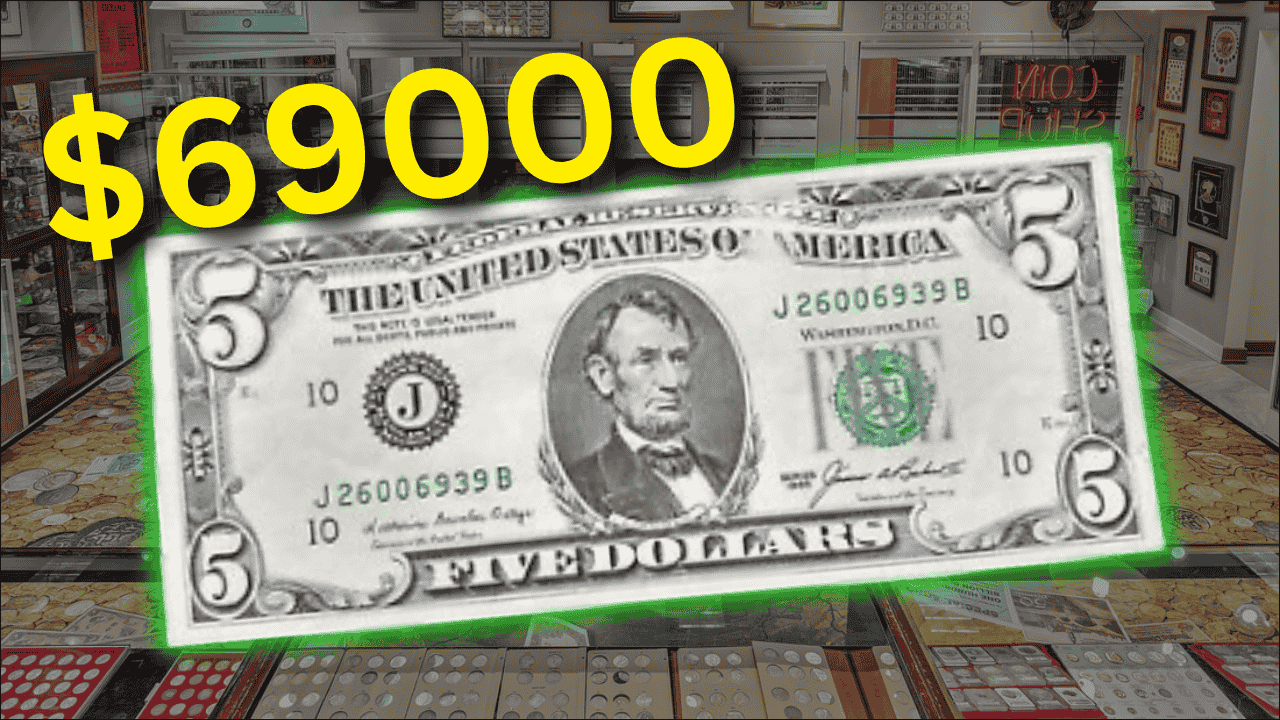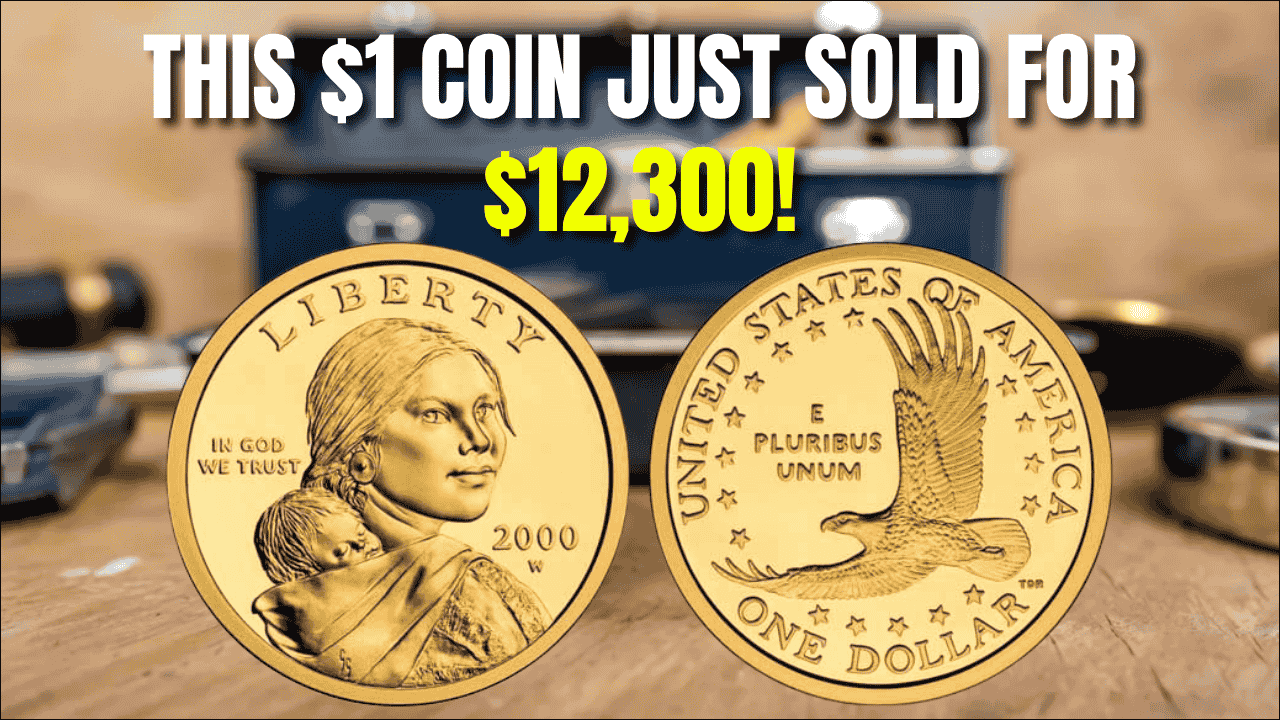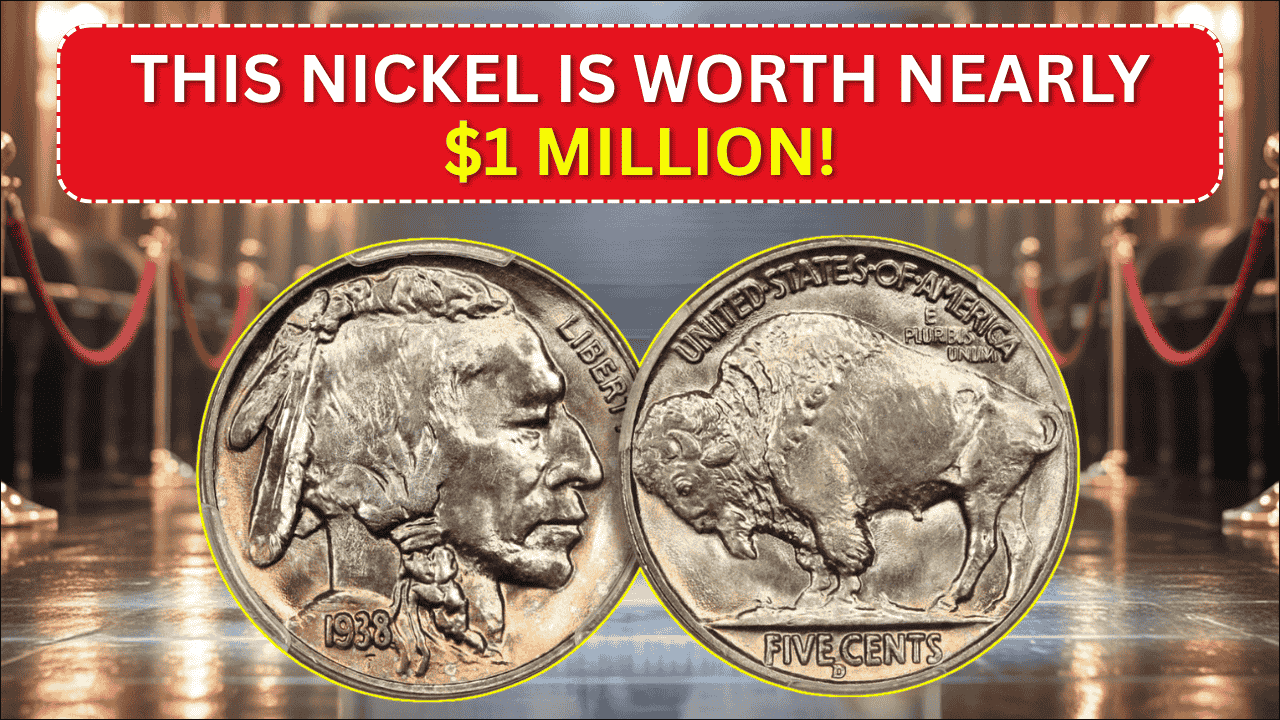While doing laundry one ordinary afternoon, a simple coin pulled from a pocket turned into something extraordinary. A 1976 U.S. Bicentennial quarter—featuring the iconic Colonial drummer design instead of the usual eagle—brought back a powerful memory of one man’s grandfather and a moment in American history.
This is more than just a story about a coin. It’s about memory, meaning, and the small treasures we carry with us.
Table of Contents
Overview
| Feature | Description |
|---|---|
| Date Range on Coin | 1776–1976 (not a minting error, but a commemorative issue) |
| Reverse Design | Colonial drummer boy with torch and stars, by Jack L. Ahr |
| Mint Types | Copper-nickel circulating version and 40% silver collector’s edition |
| Issued For | Celebrating America’s 200th year of independence |
| Collectibility | Not rare, but rich in historical and sentimental value |
| Emotional Connection | Linked to the U.S. Bicentennial and family memories for many |
A Coin That Triggered a Memory
In the middle of a routine visit to the laundromat, one quarter stood out. Instead of the usual eagle on the back, there was a unique design—a Colonial drummer boy. Turning the coin over revealed the dual date, 1776–1976. It wasn’t just any quarter; it was a Bicentennial one, instantly triggering a memory of the writer’s grandfather, George.
George wasn’t a collector in the formal sense, but he did have a small tin filled with coins from the 1970s. Among them were several of these Bicentennial quarters. As a child, the author used to sit and watch George sort through them, often hearing stories that only made partial sense at the time.
But the Bicentennial quarter always stood out. George would pull it out and say, “This one reminds me of the biggest birthday party this country ever had.”
Why Is the 1976 Quarter Special?
The U.S. Mint issued the Bicentennial quarter as part of the celebration of the country’s 200th year of independence. Unlike regular quarters that featured the bald eagle on the reverse, the 1976 version showcased a special design: a Revolutionary War-era drummer, torch, and a circle of 13 stars representing the original colonies.
This unique design was the work of artist Jack L. Ahr, chosen through a national competition. These quarters were released into general circulation, with millions minted, so they’re not particularly rare. However, the U.S. Mint also released collector sets, which included versions made from 40% silver.
Grandpa’s Bicentennial Story
The real beauty of this quarter wasn’t in its design or rarity—but in the memory it held.
Back in July 1976, George and his wife took a train into Philadelphia to witness the country’s bicentennial celebrations. According to the family story, the city was overflowing with people—marching bands, waving flags, and historical reenactments of the Declaration of Independence.
For George, that trip was unforgettable. He often spoke about how the celebration made people feel like they were part of something greater—a unified identity. “It felt like the whole country remembered who we were,” he used to say.
He kept a quarter from that day, not for its market value but because it represented a powerful moment in his life and the country’s history.
Not Worth Much—But Priceless
Today, most Bicentennial quarters still carry a face value of 25 cents. Even the uncirculated or silver versions only fetch a few dollars unless they are in pristine condition or have rare minting errors.
But the quarter the author found while doing laundry wasn’t valuable in terms of money. It was a standard clad version, the kind made for everyday circulation. Yet it held something far more significant: a living link to a loved one and a national memory.
It reminded the author of childhood mornings at the kitchen table, of George’s black coffee, coin-sorting rituals, and timeless stories.
A Piece of History in Your Pocket
After taking a quick photo of the quarter, the author dropped it into the dryer. But the story didn’t end there. That one small coin—easily overlooked by most—became a bridge between past and present, personal and historical.
Everyday items like this carry weight, not in grams or dollars, but in memories and connections. They are the quiet witnesses to people’s lives and milestones.
Final Thoughts
In a world where value is often measured by price tags or rarity, this Bicentennial quarter served as a reminder that the greatest worth lies in what something represents. It isn’t always about money or collectibility. Sometimes, it’s about family stories, national pride, or a single powerful memory that comes rushing back when you least expect it.
So next time you find a 1776–1976 quarter jingling in your change jar or stuck between couch cushions, pause. Hold it. Think about where it’s been and who it might remind you of.
FAQs
1. Are 1976 Bicentennial quarters rare or valuable?
A = Most are common and worth 25 cents, but silver versions and mint errors may fetch more.
2. What is the design on the back of the 1976 quarter?
A = It features a Revolutionary War-era drummer boy with a torch and 13 stars.
3. Why were these quarters made?
A = To celebrate the 200th anniversary of American independence in 1976.





